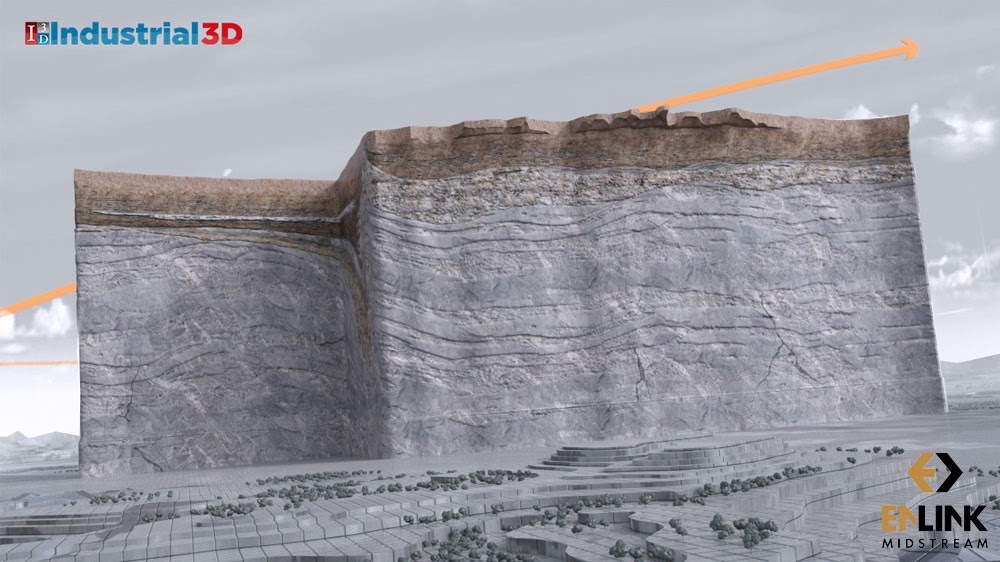Illustration Design Services
3D animation is widely employed in marketing, with numerous apartment complexes leveraging its capabilities to generate realistic representations of their properties, encompassing both the indoor and outdoor areas. This enables potential tenants to preview the property without the need for a physical visit.
Harness the potential of our technology to effortlessly incorporate lifelike human animations into your projects by integrating AI motion capture capabilities.
Real-time animation has expanded its applications to include simulations and various interactive scenarios. While its earlier uses were restricted to basic graphics, real-time animation has advanced significantly to generate remarkably lifelike visuals.



